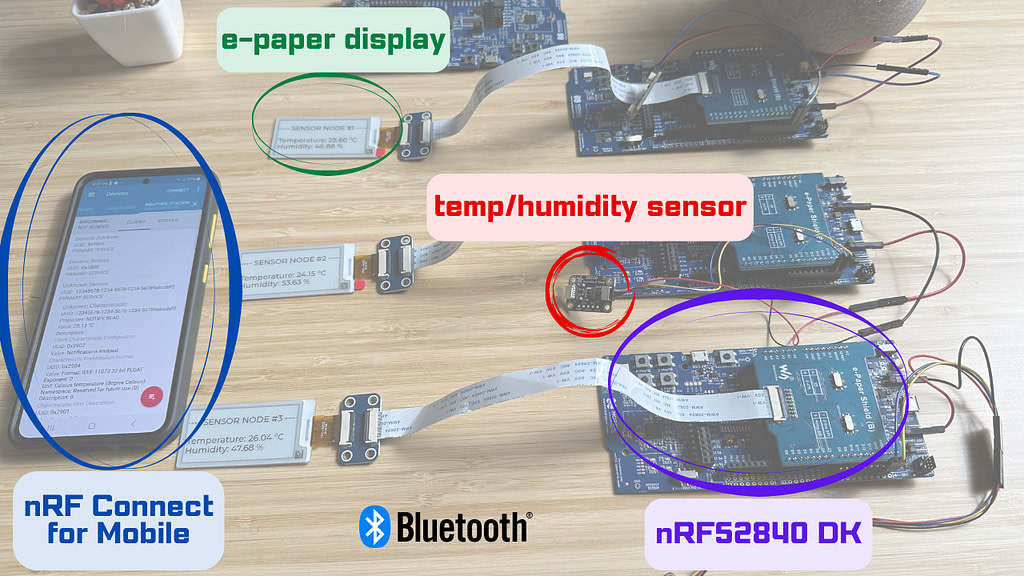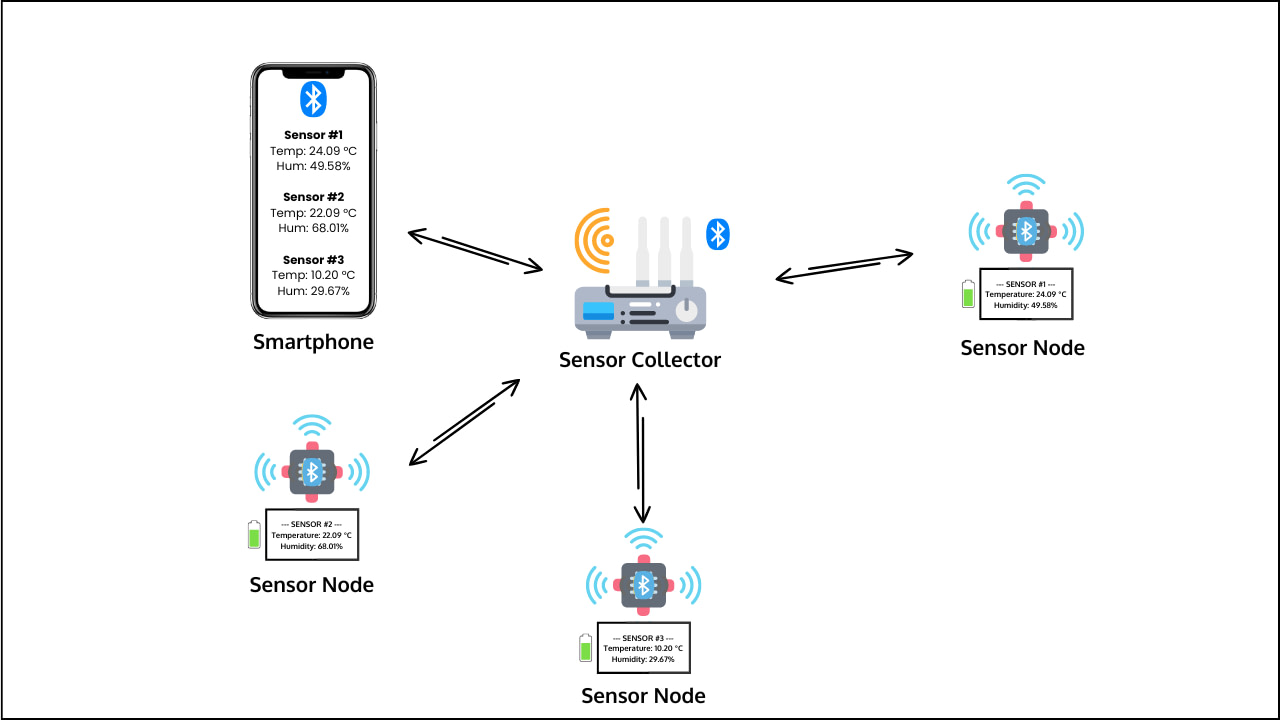The story of Bluetooth, a ubiquitous technology enabling wireless communication, is a fascinating blend of technological innovation and strategic collaboration. Its name, surprisingly, isn't rooted in technical jargon but in history. It's a tribute to Harald "Bluetooth" Gormsson, a 10th-century Viking king who united Denmark and Norway, mirroring the technology's aim to unite different communication protocols.
The Early Years (Late 1990s): A Necessary Convergence
The seeds of Bluetooth were sown in the mid-1990s. The burgeoning mobile phone industry and the growing popularity of personal computers faced a critical challenge: a lack of a simple, low-power, short-range wireless communication standard. Each device used its own proprietary system, creating a fragmented and incompatible landscape. This hindered the seamless exchange of data between devices.
In 1994, Ericsson, a Swedish telecommunications company, initiated a project aimed at resolving this fragmentation. They envisioned a universal wireless communication solution that would eliminate the need for various cables and connectors. Ericsson collaborated with several other companies, forming the Special Interest Group (SIG) in 1998. This group included IBM, Intel, Nokia, and Toshiba – a powerful consortium with the resources and expertise to develop and promote a new standard.
The Birth of a Standard (1999): The 1.0 Specification
The SIG worked tirelessly to develop a standard that addressed the limitations of existing technologies. The result was the first Bluetooth specification (version 1.0) released in 1999. This version established the core functionalities of Bluetooth, enabling short-range wireless communication between devices. However, early implementations were plagued by range limitations and interoperability issues.
Evolution and Adoption (2000s – Present): A Technological Journey
The subsequent years witnessed rapid advancements in Bluetooth technology. Each new version brought significant improvements in speed, range, power consumption, and features. The crucial 2.0 specification (Enhanced Data Rate) in 2004 dramatically increased the data transfer speed, making it suitable for applications beyond simple data exchange.
Later versions, like Bluetooth 3.0 (High Speed) and 4.0 (Low Energy), further propelled its adoption. Bluetooth Low Energy (BLE), in particular, proved transformative. Its low power consumption enabled its use in a wide range of battery-powered devices, such as wearables, sensors, and health monitoring equipment.
Bluetooth Today: A Pervasive Technology
Today, Bluetooth is ubiquitous. It’s integral to countless devices, facilitating seamless connectivity in diverse applications:
- Wireless headphones and speakers: A dominant application, offering convenience and freedom from wires.
- Wearable technology: Smartwatches, fitness trackers, and health monitoring devices rely heavily on Bluetooth for data transmission.
- Automotive industry: Bluetooth connects smartphones to infotainment systems, providing hands-free calling and audio streaming.
- Internet of Things (IoT): BLE enables connectivity for a vast array of smart home devices and sensors.
- Healthcare: Medical devices utilize Bluetooth for data transmission and remote monitoring.
The Future of Bluetooth:
The Bluetooth SIG continues to innovate, regularly releasing new specifications that enhance performance and functionalities. Future development focuses on increased speed, extended range, improved security, and enhanced power efficiency to support the ever-growing demands of the connected world. The technology's future seems bright, solidifying its position as a cornerstone of wireless communication for years to come.



